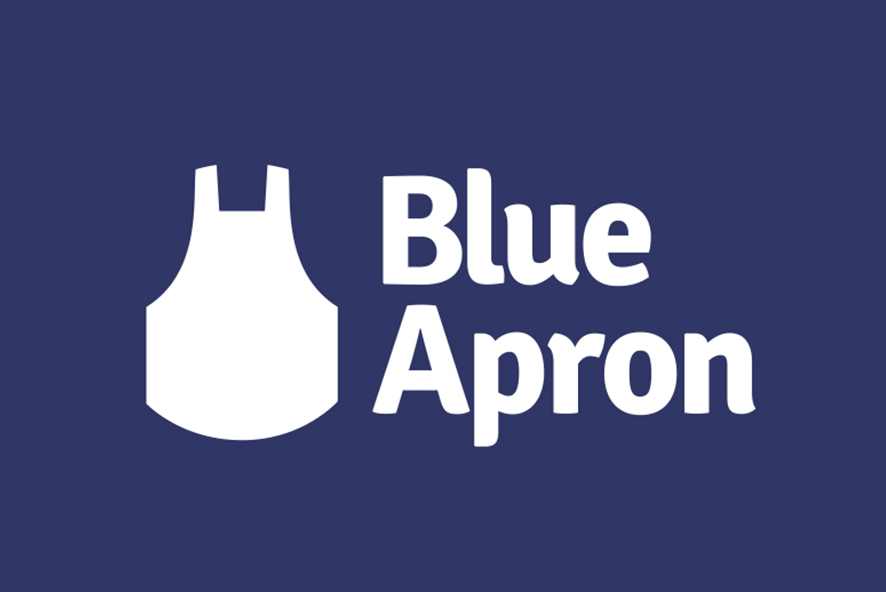

If you were short on Blue Apron, congratulations. Or even if they did, they were not as effective. They did not no much to tackle the real problems. None of these partnerships worked for Blue Apron. They even partnered with AirBnB to sell kits created by Airbnb Experience hosts. Blue Apron also offered the kits through GruBHub and Walmart. They partnered with Costco to sell the meal kits in stores. Chef’d sold its assets to True Food Innovations.ĭuring that time, Blue Apron was exploring the partnerships avenue. Plated was sold to Albertsons for 200 million dollars.

Other companies managed their costs well but lacked the expertise and scale to grow further. But in Blue Apron’s case, what hurt even more was the mismanagement of costs. It seems that Blue Apron was not the only one suffering from the low retention. UberEats, GrubHub and DoorDash offered customers a marketplace for all types of food at all price points. Meal-kit delivery companies were also in a heated battle with food delivery companies. Amazon was expected to leverage Whole Foods to create its own delivery kit brand. Moreover, investors were worried about Amazon’s move in the industry with its Whole Foods acquisition. Blue Apron was clearly struggling to attract customers beyond the metro areas. Their first quarter loss in 2017 was as big as their loss for the entirety of 2016. Investors were rightly concerned about Blue Apron’s profitability trajectory. However, that was 33% below what Wall Street Bankers targeted. This is when they decided to go for an IPO that valued them at 1.9 billion dollars. The number of customers rose from 213 thousand in Q1 2015 to over 1 million in Q1 2017. Revenue grew to nearly 800 million dollars in 2016. High level financials painted a rosy picture. Their marketing strategy to attract new customers was superb. That’s a huge jump from their 9-million-dollar valuation back in February 2013. And at that time, it was valued at an impressive 2 billion dollars. In 2015, they managed to pull in 135 million dollars in venture capital funding from investors such as Bessemer Venture Partners.


 0 kommentar(er)
0 kommentar(er)
